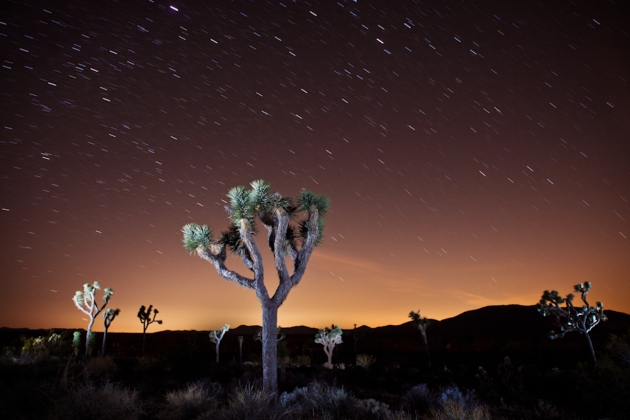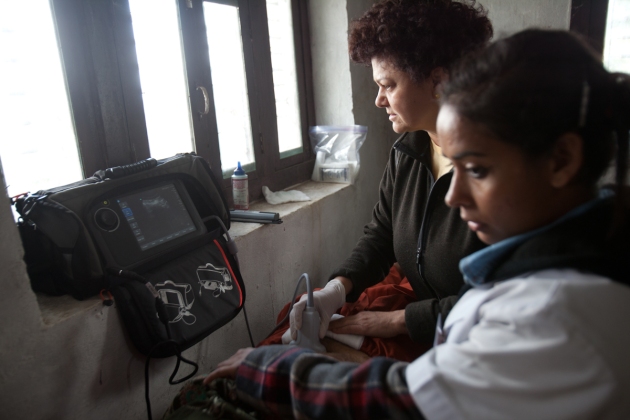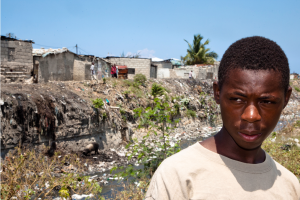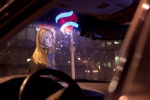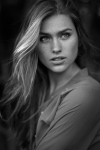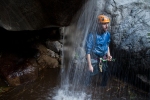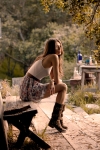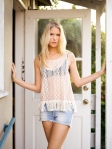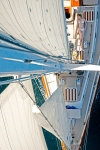Contrary to popular belief, art does not take talent. Art is language, and just like verbal languages it takes years to become fluent, and even longer to be a master. Even then you may have only mastered one style, one “language” amongst many. Yes, the talented have an advantage, but it can be learned, and if the talented rely only on talent they will fail. I don’t believe I have any talent, other than working at something longer and harder than the next person.
Just like everything else my generation is interested in, art has turned toward instant gratification. I can see why Jackson Pollock first mounted a splatter painting on a gallery wall. It was new, it was beauty in chaos, and it flipped the bird to the conformists who did it the old fashioned way. Even still, Pollock’s paintings have a rhythm and aesthetic to them that is rarely mimicked, and has yet to be improved on by any modern splatter painter.
Today people splatter paint for an entirely different reason. Not to make a statement, or for any existential reason, but simply because it’s easy, quick, and looks kinda cool. Ask any modern painter to do a portrait, and most likely it will look like picasso’s rendition of a picasso. I fear my generation may be called the generation that lost art.
What will the future citizens of earth say about our place in the history of art? I imagine it would be something like “They had no clue what they were doing, but what they did do was not difficult, and they could usually accomplish it in an afternoon.”
I was listening to NPR today, and they were talking about the lack of formal training in the major art schools. Students are encouraged to come up with contemporary concepts, and are not educated in the skills required to wield a paintbrush or sculptors tool. They end up with out of focus videos of fat people rolling around naked on the floor, or a book with the pages on the outside… (that last one was my idea, don’t steal it.)
Photography is the same, and the worst part of it is so few people can see the difference between a total amateur and a seasoned professional. I’ve always dreamt of the portfolio review where the photo editor or art buyer did not say a word to me, and just picked up my book and examined my work. That has never happened, even at the biggest magazine that I’ve worked for, I’ve had numerous reviews where they never even look at my work.
This is why I think that trolling has entered the photography world. If you aren’t familiar with the concept, trolling comes from the internet comment and chat world. It’s the act of commenting with the intent of creating the largest amount of interactions with other people, usually negative, and almost always rude, aggressive, and inaccurate. It comes not from the troll under the bridge, but from the “fishing” term of towing a baited hook behind the boat.
Photographers have begun to troll. Artists in general have begun to troll. If they can’t make something well, they make it either big, or shocking. Take for example Terry Richardson, what he does is not difficult, and for the most part it’s porn. He’s become famous from it though, and is now a highly sought after photographer. Look at the art that graces Burning Man. It’s huge, it’s not usually very good, and for added effect let’s just have some flames shoot out of it…
Is that what it takes to make it now? Maybe I should have a portfolio that shoots flames at the art buyer, just to get their attention. Or perhaps I’ll put my head down and wait for people to become desensitized to the flair and start looking for people who actually know how to use a camera. Either way, I hope this is seen as a pep talk for my generation, and not finger pointing, I just want to see us do something great. With enough Ritalin I believe it is possible for at least one of us to focus on one thing long enough to create a masterpiece.
36.974117
-122.030796
